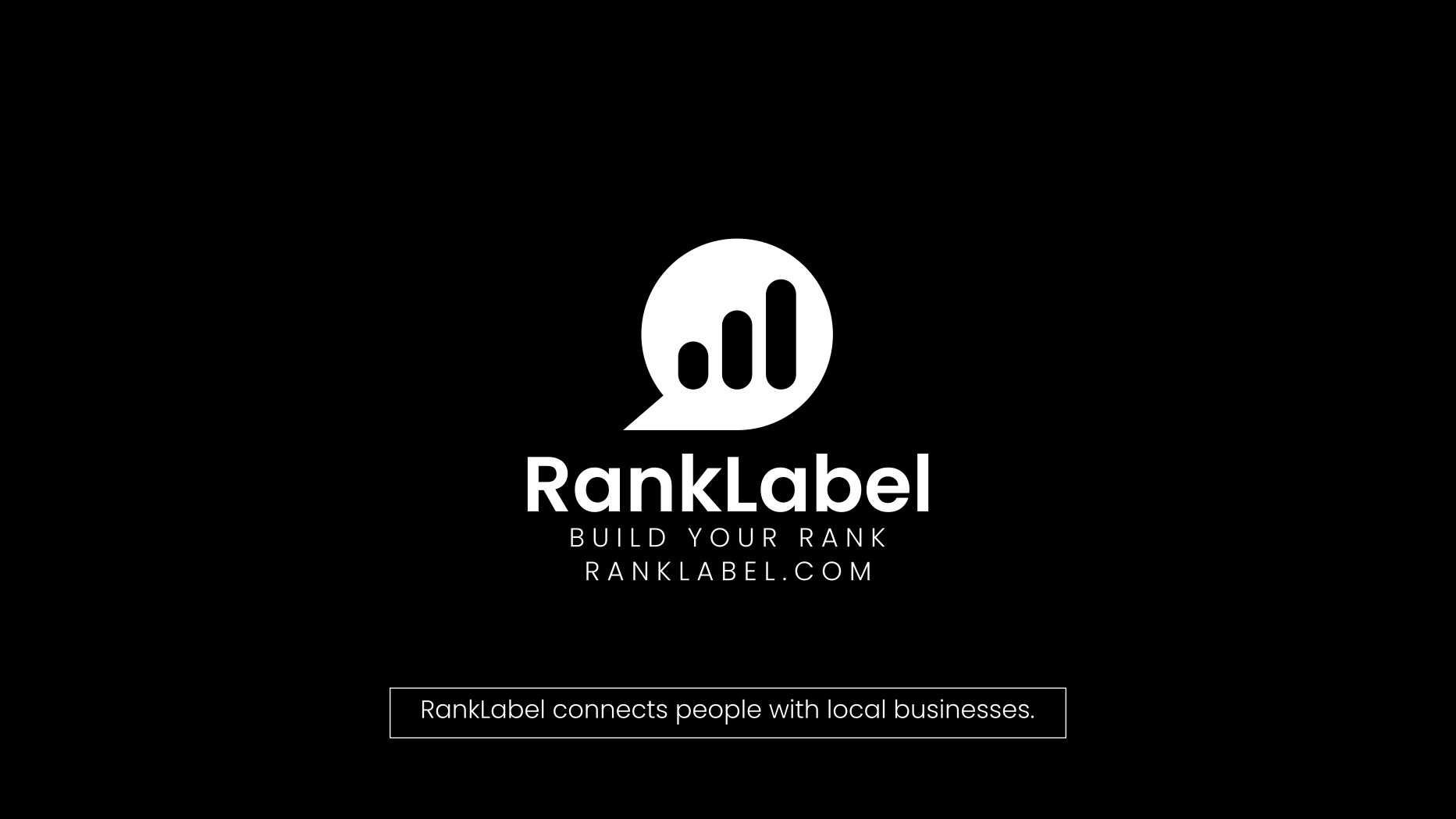Revolutionizing Exhibits and Architectural Design with 3D Printing

The advent of 3D printing technology has transformed various industries by enabling more flexibility, efficiency, and innovation in producing complex designs. This technology is particularly impactful in fields like architecture and exhibition design, where precision, customization, and visual appeal are paramount. In this blog post, we will explore the benefits and applications of 3D printing for exhibitions, 3D modeling and printing, and 3D printing for architects.
The Impact of 3D Printing on Exhibition Design
Exhibitions are critical for businesses, museums, and educational institutions as they help convey information, showcase products, and engage audiences. Traditional methods of creating exhibition pieces can be time-consuming and costly, often limiting the complexity and uniqueness of designs. Here's how 3D printing is changing the game:
- Customization: 3D printing allows for high levels of customization without significantly increasing the cost or production time. This enables designers to create more personalized and interactive exhibits.
- Complex Geometries: Traditional manufacturing methods can limit the complexity of designs due to technical constraints. 3D printing excels in producing intricate and detailed models that captivate and engage audiences.
- Cost-Effectiveness: By reducing material waste and the need for multiple prototypes, 3D printing can lower the overall cost of developing exhibition components.
- Speed: Rapid prototyping speeds up the design process, allowing for quicker iterations and the ability to respond to feedback effectively.
One of the standout examples of 3D printing for exhibitions can be seen in large-scale art installations, where artists use 3D printing to produce elements that would be too intricate or impossible to create by hand. Museums also use 3D printing to recreate historical artifacts for interactive displays, thus preserving the original items while providing a tactile experience for visitors.
Unlocking Creativity with 3D Modeling and Printing
3D modeling and printing serve as powerful tools in the hands of creators, enabling them to bring digital ideas into the physical world. This process includes building a digital 3D model using CAD (Computer-Aided Design) software, which is then translated into a physical object through a 3D printer. Here are some of the benefits and processes involved:
- Prototyping: Designers and engineers can create prototypes quickly, allowing for hands-on testing and adjustments before final production.
- Artistic Freedom: Artists and designers are not limited by traditional manufacturing constraints, which frees them to explore more adventurous and avant-garde designs.
- Interdisciplinary Applications: 3D modeling and printing are not confined to traditional industries. Fashion, gastronomy, and even medicine benefit from the possibilities opened by these technologies.
- Education and Training: These technologies provide an excellent platform for educational purposes, helping students and professionals visualize and understand complex concepts.
With the increase in accessibility of 3D printing technology, more individuals and businesses can adopt this innovative method, pushing the boundaries of creativity and functionality in various fields.
3D Printing for Architects: Building the Future
Architecture is another field that greatly benefits from 3D printing. This technology not only enhances the visualization of future buildings but also improves the actual construction process. Here’s how:
- Architectural Models: 3D printing allows architects to produce scaled-down models of their designs quickly and accurately, providing a tangible way to evaluate and present architectural ideas.
- Customization: Every client desires a unique aspect to their project. 3D printing allows architects to incorporate intricate custom elements into their designs, which can be tailored to the specific needs of each project.
- Structural Experimentation: Architects can test different materials and structures through 3D printing, which can lead to innovations in building techniques that improve safety, efficiency, and aesthetics.
- Sustainability: 3D printing reduces waste by using only the necessary amount of material required to create components, thereby promoting more sustainable construction practices.
Beyond small-scale models, 3D printing is also being explored for its potential in constructing actual buildings. This includes techniques like contour crafting, which could someday allow for entire structures to be printed on-site in a matter of hours.
Conclusion
The integration of 3D printing into exhibitions, architecture, and beyond represents a significant shift towards more dynamic, efficient, and personalized production in various fields. As technology continues to evolve, we can only expect its impact to deepen, providing even more innovative solutions to complex design and manufacturing challenges. For those involved in exhibitions, architecture, or any field that benefits from customized and intricate designs, embracing 3D printing technologies offers a competitive edge that will define the future of design and construction.
As we move forward, the potential for 3D printing to also enhance sustainability, reduce costs, and increase accessibility makes it a key technology that could redefine how we create, build, and learn. Whether you are an artist, designer, architect, or educator, the time to explore and integrate 3D printing into your work processes is now, promising an exciting fusion of technology and creativity for future projects.











